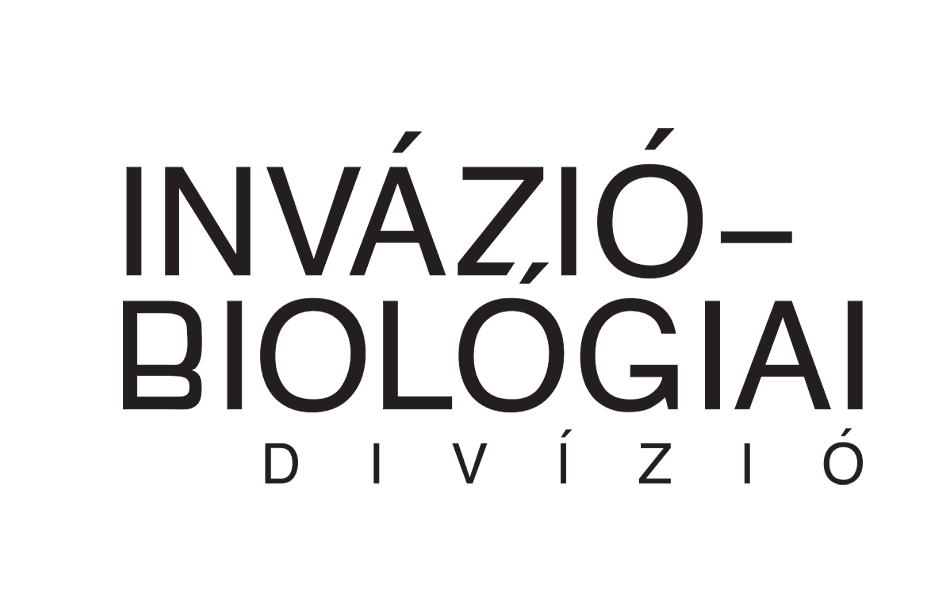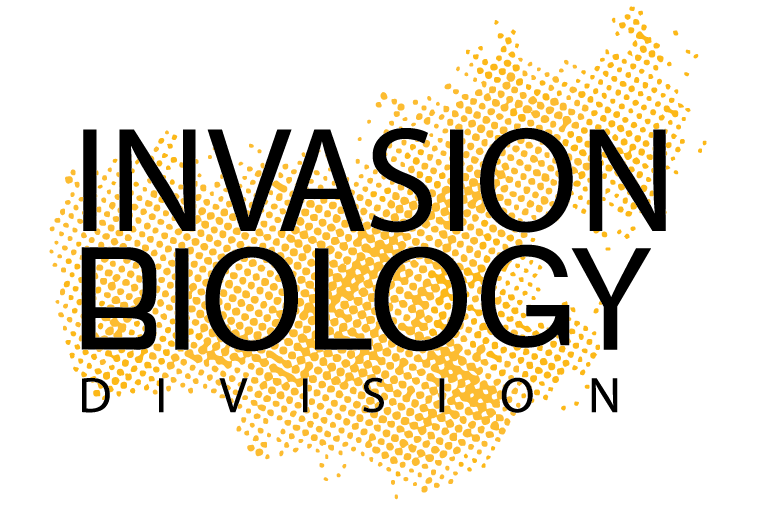The invasion of North American sand dropseed (Sporobolus cryptandrus) in Hungary mainly threatens vulnerable open sandy grasslands. As there is already considerable field experience and research on the species in Hungary, and as this has shown that we are facing a very serious problem, it has become necessary to organise a large-scale professional meeting to discuss the most pressing issues of the invasion of sand prairie grass in Hungary.
On 27 March 2024, the HUN-REN Ecological Research Centre, Experimental Vegetation Ecology Research Group and the Kiskunság National Park Directorate organised this professional meeting in Kecskemét. The event was attended by experts from the research centres (University of Debrecen, University of Sopron, University of Szeged and HUN-REN Ecology Research Centre) and the national parks concerned (Kiskunság NP and Hortobágy NP). The primary aim of the meeting was to establish a link between researchers and conservation practitioners.
The first session presented research on North American sand dropseed in Hungary. Dr. Csaba Tölgyesi talked about the possibilities of controlling prairie grass with semi-parasites and competitors, Dr. Attila Torma presented the effects of prairie grass on arthropod communities, while Dr. György Kröel-Dulay (the main organizer and moderator of the meeting) presented the results of the mapping of the species in the Kiskunság region and the long-term monitoring and experimental studies that have been initiated. In the next session, participants discussed in a moderated discussion how they see the invasion of prairie grass in the coming decades and what possible ways of control could be. The next session opened with a presentation by Attila Rigó, who described possible ways to collect coordinated occurrence data and discussed the possibility of involving the public (citizen science), followed by a talk by Dr. Eszter Tanács on the possible use of remote sensing methods in monitoring the spread of prairie grass in Hungary. Afterwards, Dr. Ferenc Sipos, Deputy Director of the KNP, presented the National Park’s experience with the species, from its ecology to the practical challenges of eradication. Finally, the participants attempted to synthesise the knowledge gained so far and agreed on the way forward.
As a result of the meeting, an informal “Sporobolus working group” was formed, and the participants agreed to discuss ongoing and planned research and results, and to report back to each other once a year in a similar meeting. They also drew up a list of the most important research tasks and identified the most important non-research tasks. The possibility to join the group is open to all, with the explicit aim of bringing together researchers and conservationists working on the species and coordinating research and conservation interventions.
Contact Attila Rigó (rigo.attila@ecolres.hu) and György Kröel-Dulay (kroel-dulay.gyorgy@ecolres.hu)
The invasion of North American sand dropseed in Hungary
This research was supported by the National Talent Programme of Hungary and the Prime Minister's Office (NTP-NFTÖ-21-B-0288), and by the National Laboratory for Health Security (RRF-2.3.1-21-2022-00006), Centre for Ecological Research, Budapest, Hungary.



